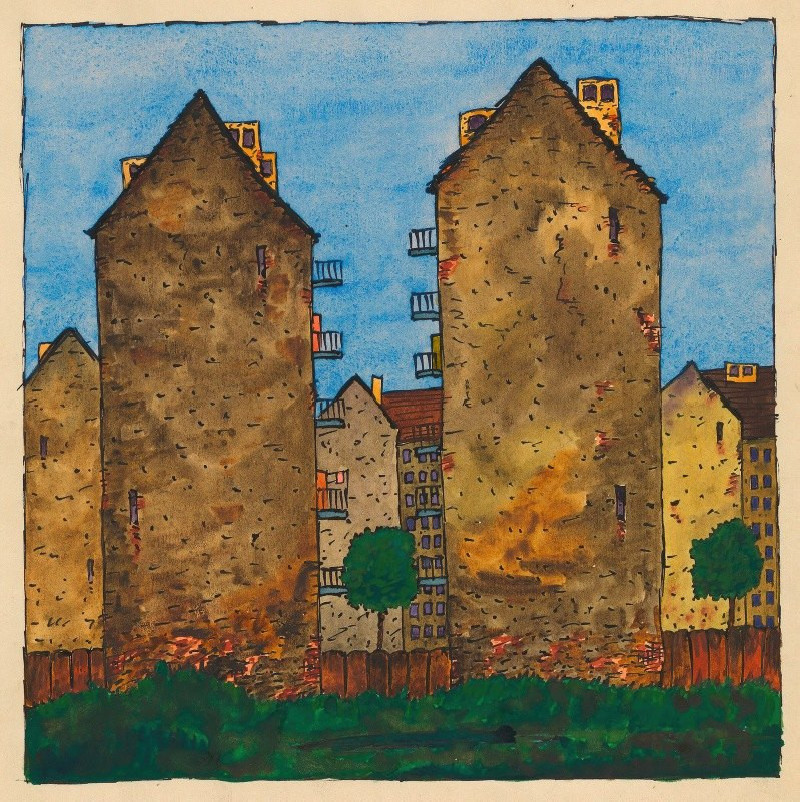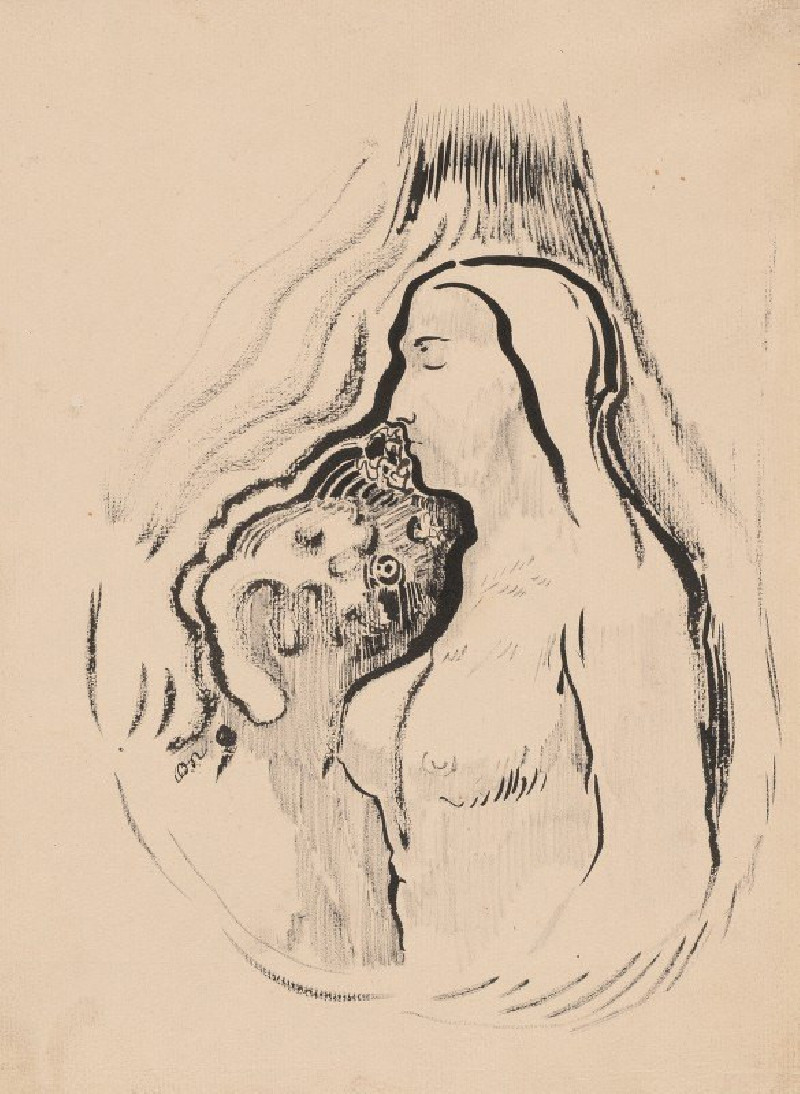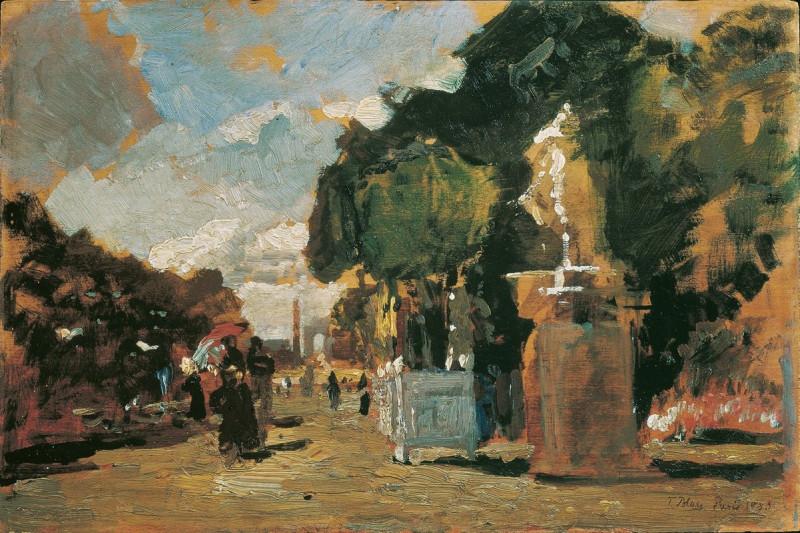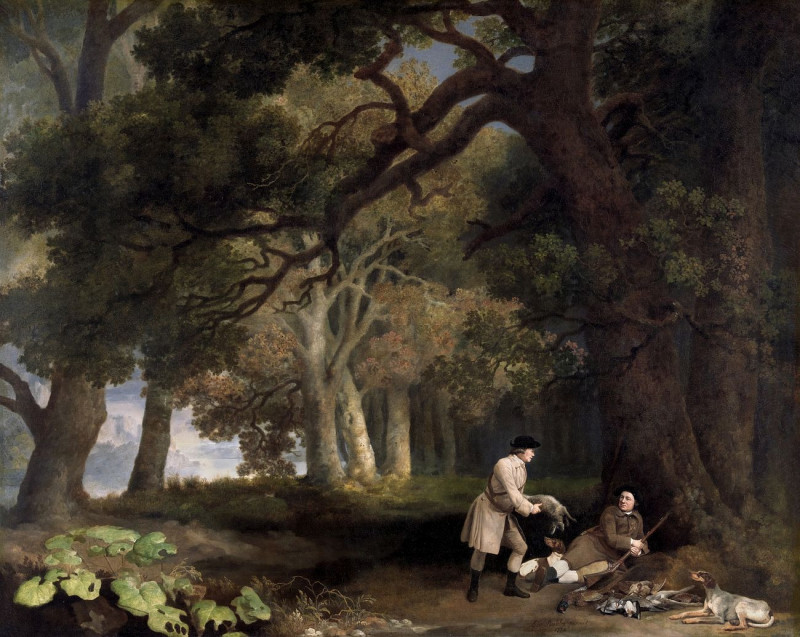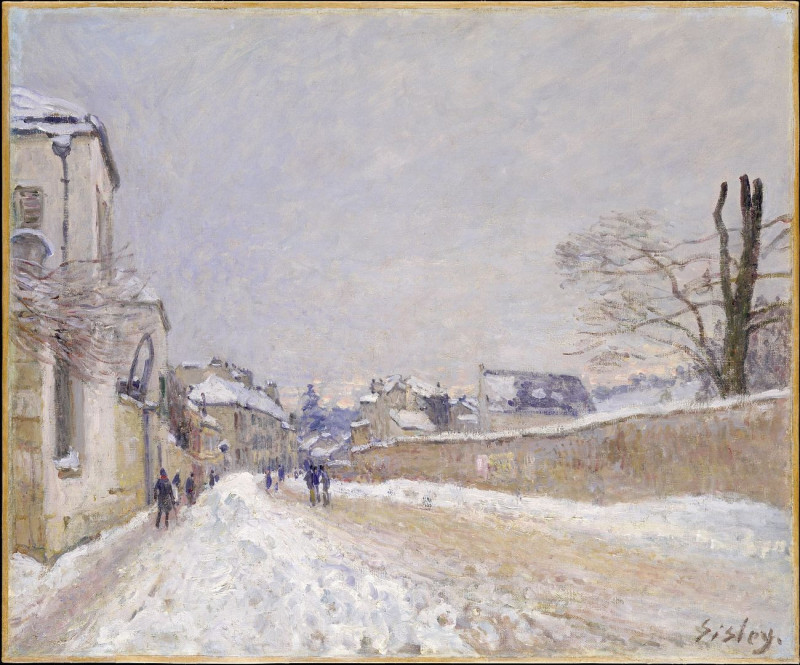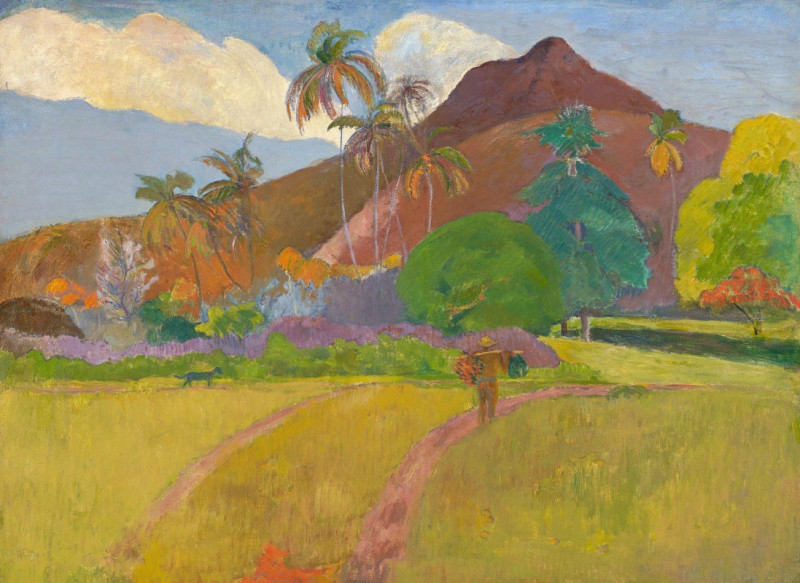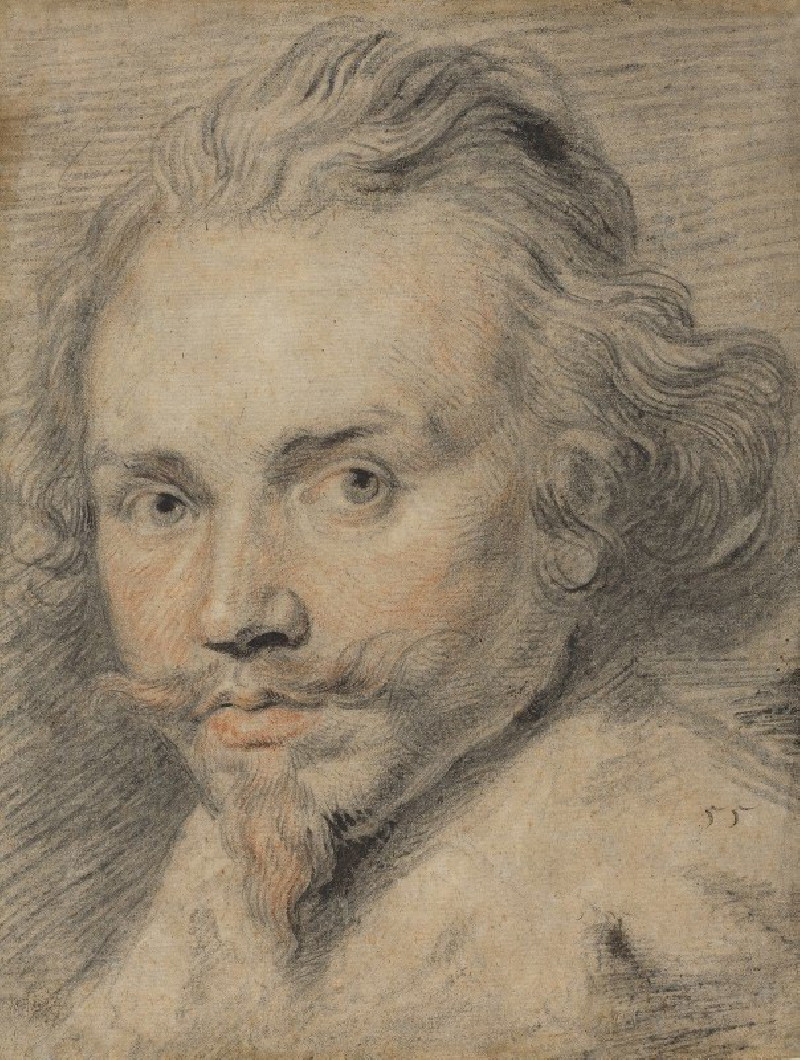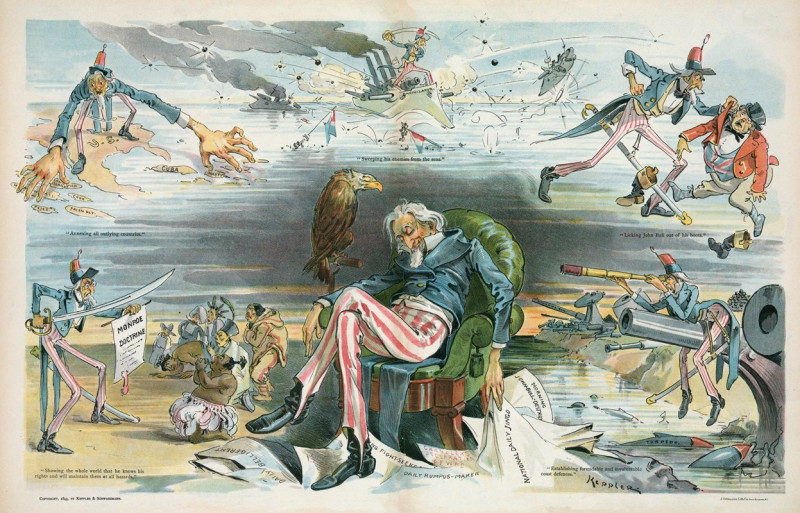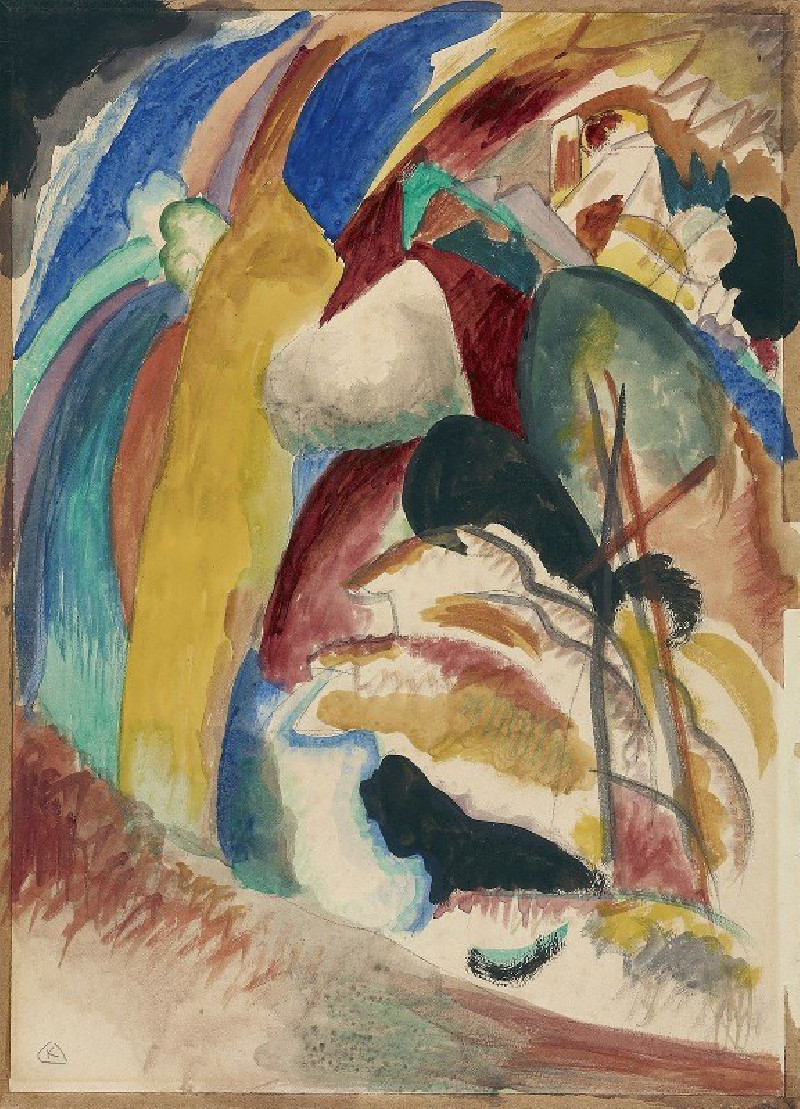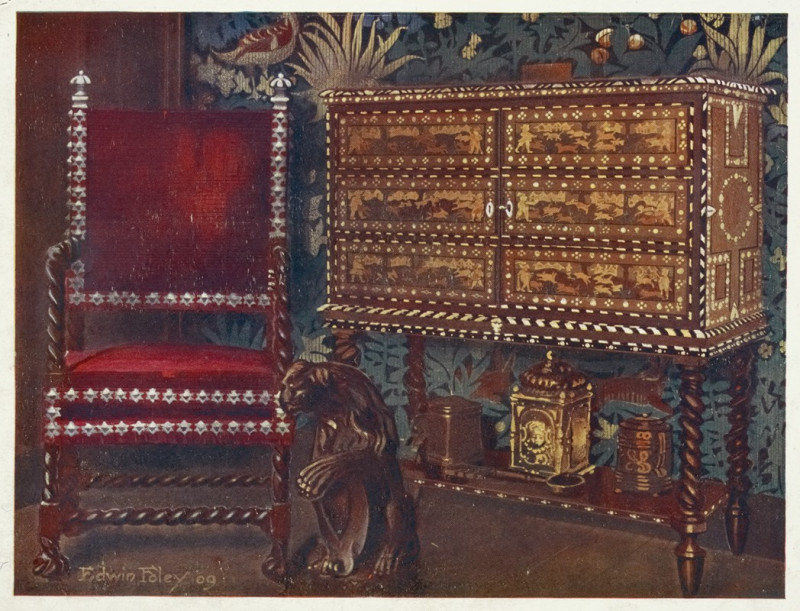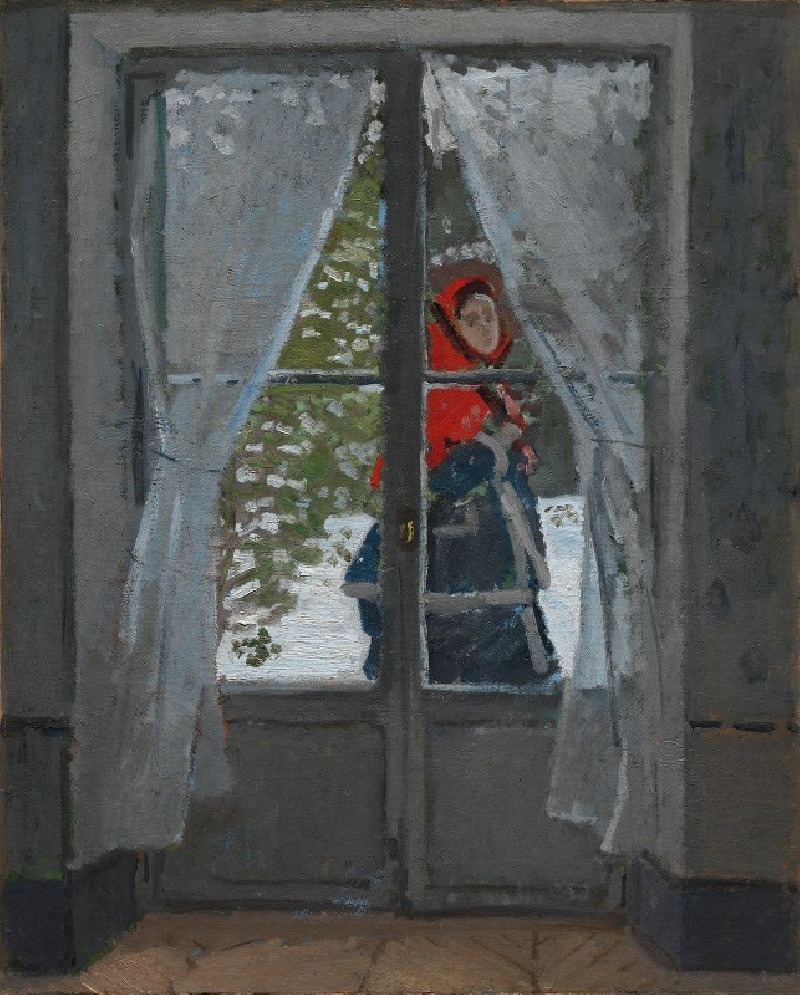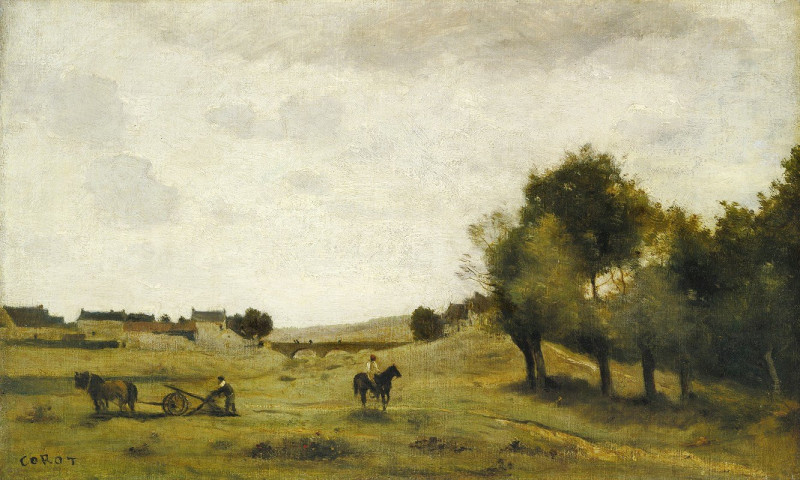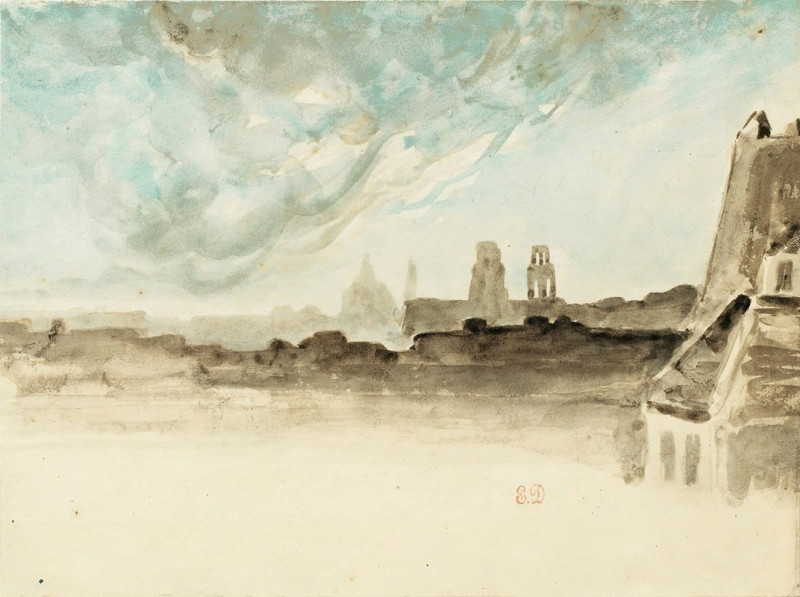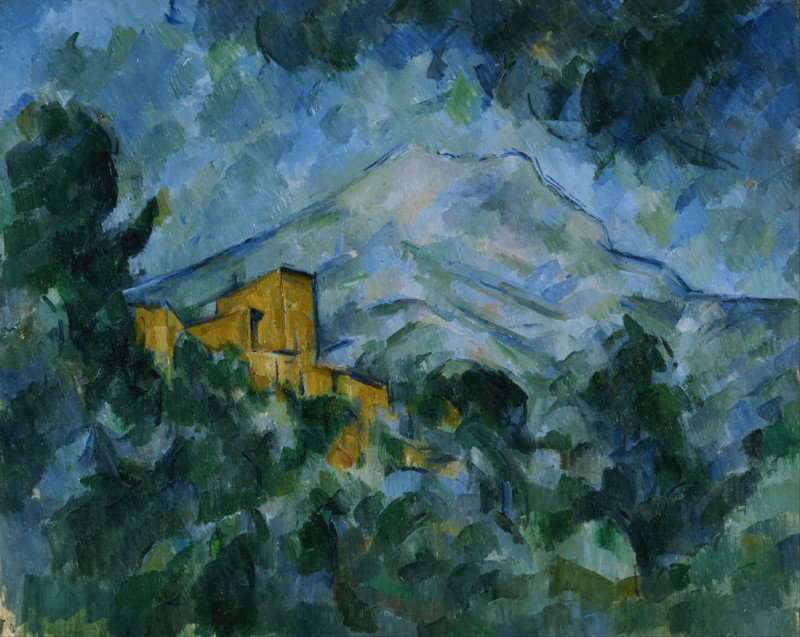Arbeitervillen (around 1923)
Technique: Giclée quality print
Recommended by our customers
More about this artwork
"Arbeitervillen," painted circa 1923 by Karl Wiener, offers a compelling vista of architectural form and social function. The painting depicts towering, stony buildings that dominate the foreground, their robust, medieval-esque structures casting a commanding presence amidst a townscape. In this artwork, Wiener employs a stark contrast in scale and texture between these monumental edifices and the modest, colorfully accented dwellings in the background. This juxtaposition may interpret the social hierarchy or living conditions of the time, providing a visual exploration of class and community dynamics within an urban setting.Distinctly characterized by their rough, pockmarked facades and sparse fenestration, the central buildings appear almost fortress-like, separating or shielding the more vibrant community behind them. The deep blue of the sky enhances the solidity of the structures while creating a poignant mood that underscores a narrative of isolation or resilience.
Delivery
Reproductions are made to order and take 5 to 7 working days.
We send them out by courier and delivery takes another two working days.
If you need a reproduction sooner, please contact us - we can usually find a solution and produce it a little faster.
If you don't want to pay for postage, you can pick up your paintings at our galleries in Kaunas or Vilnius.
Returns
Yes, reproductions can be returned.
If you have any doubts more than 30 days after the date of purchase, please contact us - we will take the reproduction back for a refund or offer you a replacement!
We accept a maximum of two returns per customer - please note that we make reproductions to order, so please choose responsibly.
We do not refund shipping expenses.

